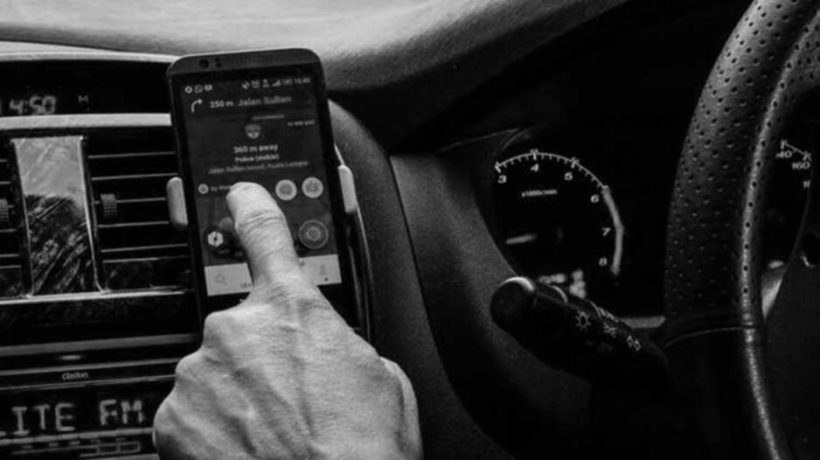Vuyisa Mqosomba (29) was recently found dead in Stellenbosch (Cloetesville township) in what seems to be a killing of a driver on Uber. He is one of the few drivers on Uber who are becoming increasingly victims of people targeting e-hailing drivers in townships. This begs the question, what is Uber and Bolt doing about attacks on drivers who are using the platform? As drivers decide to avoid township trips, how should township residents handle the fact that Uber and Bolt may not be available in townships?
E-hailing platforms have tried various ways of improving passenger safety but little has been done to protect the driver. Is it impossible to develop a feature on e-hailing platforms to protect drivers? An Uber feature in this case can form part of the app or the car itself with the aim of protecting the driver. Would it be too much to add a localised version of an e-hailing platform that feeds into Uber driven by drivers from different communities? So far, experience by drivers shows that it’s mostly drivers who are not known in the township community who get attacked. By introducing a local driver community who are moving passengers from home to a central point where they can be collected by any other e-hailing driver could lessen attacks on drivers. This suggestion may be ideal or not, the point here is that e-hailing platforms need to think outside the box to address the safety challenge faced by drivers. Currently most e-hailing platforms are just silent on brutal attacks and murders of drivers who use their platforms. e-Hailing platforms have created a solution that works for city environments and they have failed to align it to township conditions. This is not to say there are no safety challenges in city environments. The focus for now is on how e-hailing platforms can prevent another killing of an innocent driver.
In South Africa, Uber and Bolt appear to be faceless companies as the current CEO Dara is far from the public. The truth however is that there are local investors, owners and partners. What are local e-hailing power brokers saying about the growing number of people who are robbed day in and night while moving people around. Transport authorities also have an obligation to safeguard drivers and passengers in the transport ecosystem. Many are blinded by the fact that Uber and Bolt are tech driven and therefore very little is said about the effects of using them. Technology can bring us good things, it can also destroy us. It is up to the creators,investors and users of these platforms together with key stakeholders to address the current onslaught of drivers.
Perhaps poor reporting on the number of incidents on e-hailing platforms is desensitizing society from reacting against the current developments. To create more awareness about this challenge, e-hailing platforms should also start a process of reporting daily to the government and passengers about attacks on drivers.
Instead of being silent about the developments in the e-hailing sector, now is the time to shout from the rooftops about working conditions of drivers on e-hailing platforms such as Uber and Bolt. Township residents who use e-hailing platforms should raise their voices about how this challenge can be handled. Doing nothing will lead to more drivers losing their belongings and lives.







